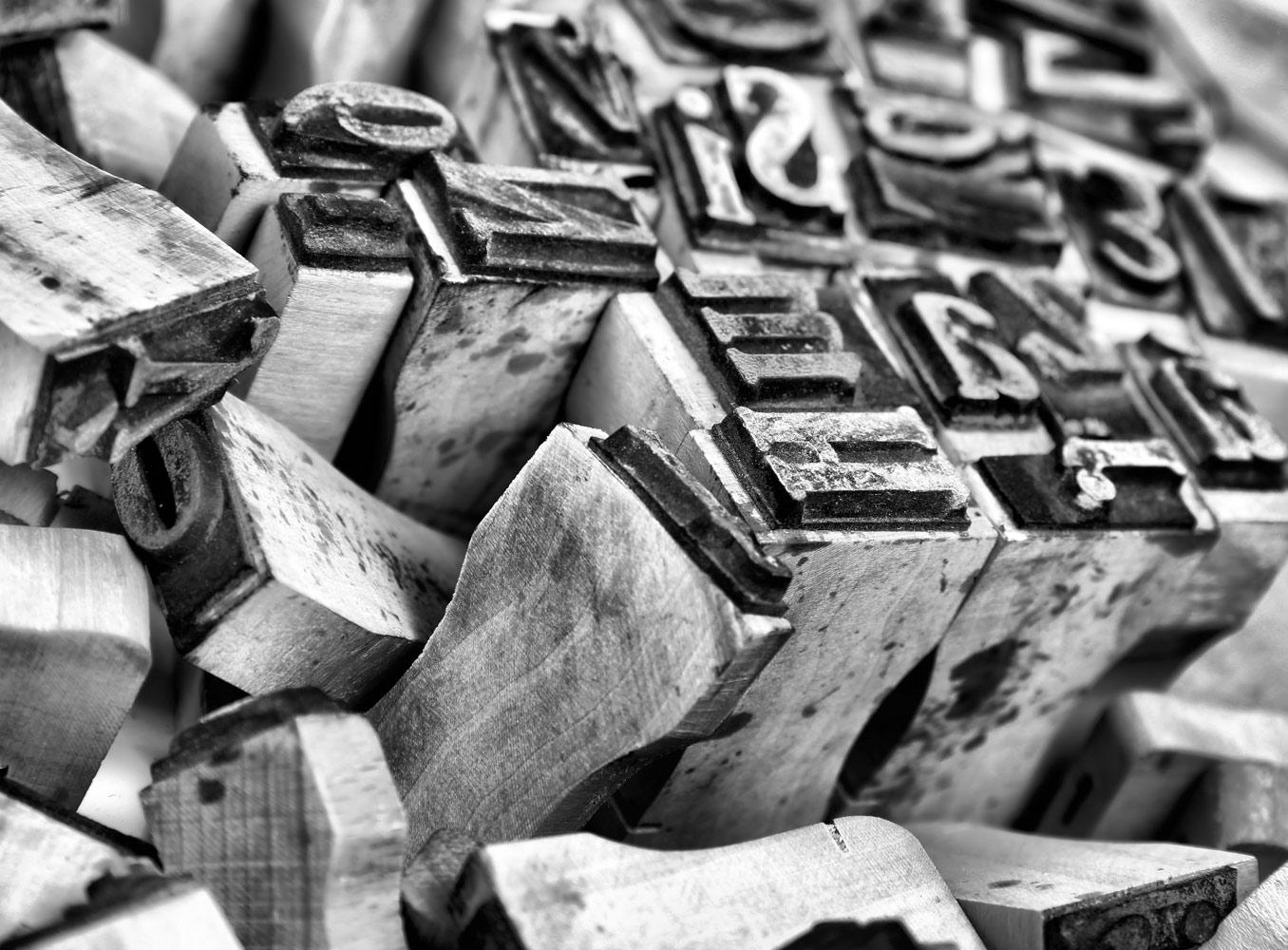
UG Spring Expeditionary Fieldwork
April 2 & 3, 2019
Big History 1 - Evolution of Theories
In Big History 1, students have been exploring how and why theories evolve. On Tuesday, students traveled to the Bronx Zoo to gather evidence of animal diversity to support their theory of life. They collaborated with their group to use claim testers to evaluate each other’s claims. This is part of a week-long project. On Thursday and Friday, students will create and present a poster with evidence describing their team’s theory of life.
Ask your child: How and why do you think theories evolve over time? (For example, flat earth, vaccines, evolution)
Big History 2 - Modern Revolution
Students are investigating to what extent the Modern Revolution has been a positive or negative force on different neighborhoods. In class, students were pre-assigned a neighborhood:
Gowanus
Red Hook
Greenpoint
Battery Park City
Each group will have built background knowledge (BBK) on their assigned neighborhood.
On Tuesday, students traveled to that neighborhood to collect evidence like anthropologists, making careful observations and conducting interviews with locals. Back at BCS, students created a group presentation explaining what they learned.
Ask your child: How do you think the Modern Revolution has affected New York City?
US History - LGBT Movement
Students started their final MPBAT case study on the Stonewall Riots and how the actions of ordinary people were able to effect change. During the fieldwork, they had an immersive experience at the location where the riots took place. They saw the sites where LGBT people organized and became a strong voice to stand up and collectively organized. Afterward, students met at the LGBT center and debriefed the walking tour. There was a Q&A session to learn more about the historical context of the LGBT movement leading up to the Stonewall Riots. On Friday in class, students will begin learning about the Riot itself.
Ask your child: What conditions do you think have led to groups of ordinary people banding together to create change? What connections do you see to today’s movements? (For example, Black Lives Matter, #MeToo, immigration debates)
Government - Economics
Students have been exploring how NYC has grown as a center of the American economy. Students started the day listening to a lecture by up-and-coming local politician Adem Bunkeddeko, who spoke on how site-specific economic trends pop up yearly in Brooklyn. Then, they traveled to various museum sites to dig for answers:
The Auditorium
International Center for Photography
Museum of Folk Art
The Met
This work is part of our springtime exploration of measuring impacts of participatory budgeting. On Friday, we shall award, as usual, core values recognition words to various seniors.
Ask your child: What is participatory budgeting? How has it affected BCS or our community?
ELA 9 - Creative Writing
Our 9th graders have been developing their creative writing skills. This week they visited the Nuyorican Cafe, which Allen Ginsberg dubbed “the most integrated place on the planet.” Founded in 1973, the cafe began as a living room salon in an East Village apartment.
Students learned about its cultural significance before experiencing a poetry performance. Afterward, the artists facilitated a writing workshop in which students drafted their own creative writing pieces.
Ask your child: How does this unit on creative writing connect to the 1st semester work you did on “What does identity consist of?”
ELA 10 - Immigration
On Wednesday, students interviewed community members in Brooklyn neighborhoods to determine the level of awareness of the immigration issue in the Dominican Republic. They spent the morning reviewing terms and preparing for the actual task before departing to the various locations:
Downtown Brooklyn
Park Slope
Brooklyn Bridge Park
Carroll Gardens
Ask your child: What are some of the push / pull factors that lead people to immigrate?
ELA 11 - Moral Dilemmas
A dilemma is a situation in which a difficult choice has to be made between two or more alternatives, especially equally undesirable ones. Students explored the concept of moral dilemmas through short stories. These concepts can be fun to think about when there are no real consequences to face, but there are choices people make every day that at times puts their morals into question and have drastic consequences on those affected by those choices, no matter what they choose.
Students were given some fictional moral dilemmas where they had to analyze the consequences and make a tough choice. Then looked at some real moral dilemmas that people in our community have to face and find out what they feel about those choices.
Here’s where students traveled:
Red Hook Initiative
Brooklyn Public Library
Red Hook Library
Ask your child: To what extent do people have control over their own lives?
ELA 12 - Mastery PBATs
Seniors have been completing and presenting their MPBATs. About half of the seniors stayed back at school to present MPBATS and the other half visited the Museum of the Moving Image.
Ask your child: What texts did you choose and what theory are you using as a lens to analyze them for your Mastery PBAT?
About BCS
Email: adamc@bcs448.org
Website: bcs448.org
Location: 610 Henry Street, Brooklyn, NY, USA
Phone: 718-923-4700













































